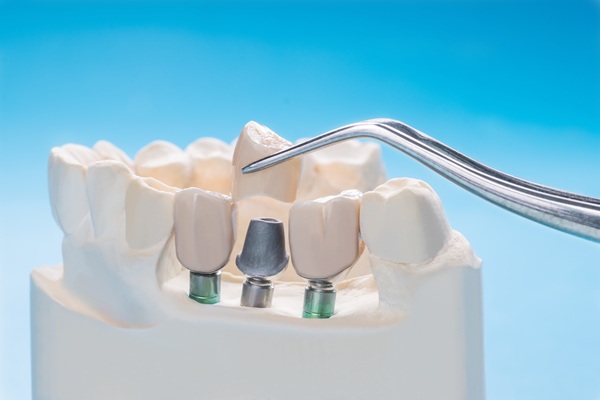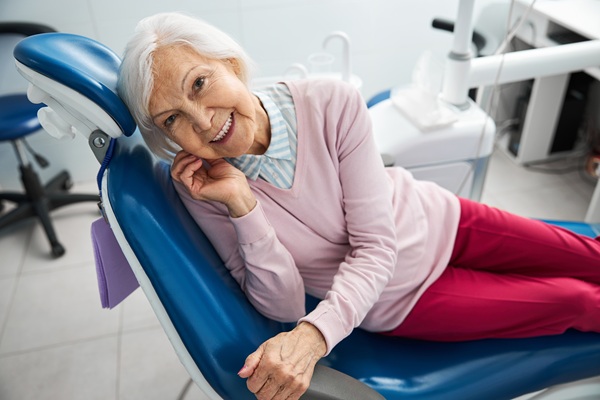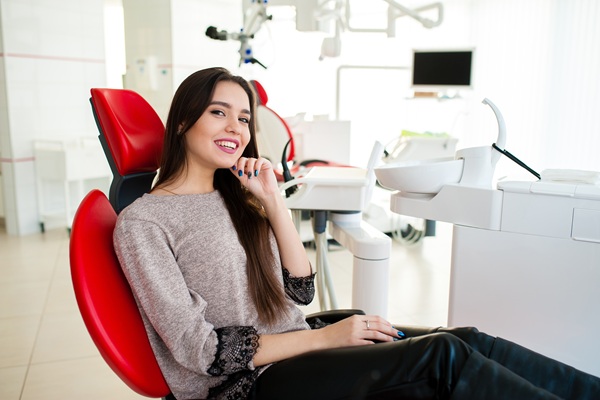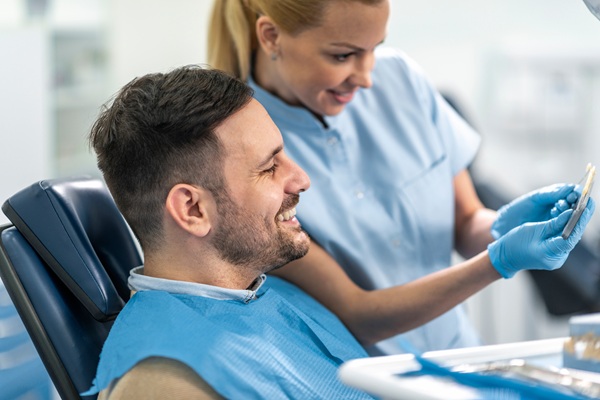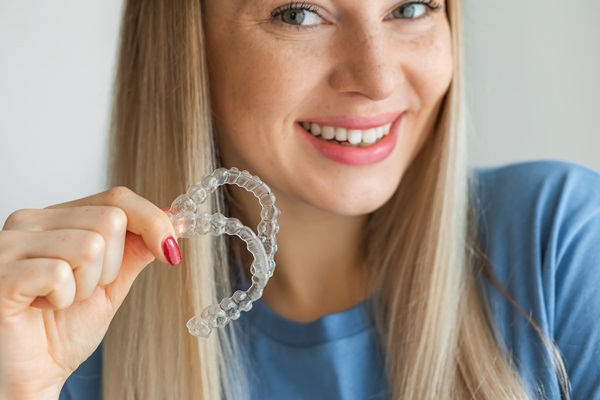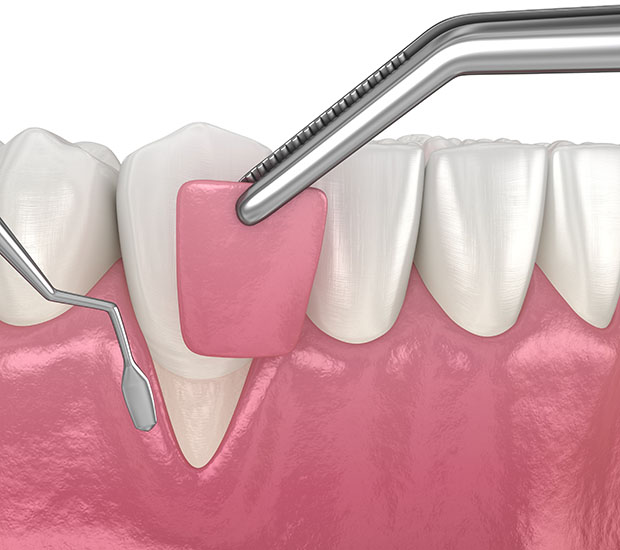
Connective Tissue GraftWoodland Hills, CA
Connective tissue grafts are a common type of gum tissue graft. They primarily treat root exposure. Since connective tissue grafts treat gum recession, they can also treat aesthetic problems.
Connective tissue grafts are available at Brighton Periodontal & Implant Dental Group in Woodland Hills and the surrounding area. We can help determine if this procedure is right for you. Call us today at (818) 703-7733 to schedule an appointment or learn more about our services.
Understanding Gum Recession
According to Healthline, gum recession is "a condition in which [the] gums pull back from the tooth surface, exposing the root surfaces of [the] teeth." It is one of many forms of periodontal disease, also known as gum disease. Gum recession is a severe consequence of poor oral hygiene and can even lead to tooth loss.
Fortunately, several treatments for gum recession are available, depending on the severity of tissue loss. Early detection is key, as earlier diagnosis and treatment lead to better outcomes. Gum recession may be caused by several different factors, including but not limited to:
- Aggressive brushing over the long term
- Diabetes
- Family history of gum disease
- HIV
- Hormonal changes in women
- Smoking
- Tartar
Certain medications may also cause dry mouth, which increases one's risk of gum recession. Gum recession is most common in adults aged 40 and older.
Understanding Connective Tissue Grafts
Gum grafts are a surgical solution to gum recession. They are relatively quick and simple procedures and involve a periodontist removing healthy gum tissue from the roof of the mouth to restore the gum. In addition to protecting the exposed tooth from damage, a gum graft can repair any damage that has already occurred and correct a gummy smile.
In a connective tissue graft, the periodontist removes tissue from the roof of the mouth. They do this by creating a flap and taking tissue from underneath the top layer. Then, they stitch the tissue onto the existing gum tissue. This covers the exposed tooth root. Finally, the periodontist will stitch the flap onto the roof of the mouth, where they took the tissue.
Alternatives to Connective Tissue Graft
There are three different types of gum grafts available: connective tissue grafts, free gingival grafts, and pedicle (lateral) grafts. A patient's individual needs and the extent and severity of damage a person has suffered influences which gum graft is right for them. We discuss all options with our patients, so they feel safe and well-informed throughout the entire process.
A free gingival graft is generally the preferred option for patients with thin gums who need extra tissue to enlarge the gums. As per MedicalNewsToday, this option involves the periodontist removing tissue "directly from the top layer of tissue on the roof of the mouth" and stitching it to the existing gum area. A pedicle (lateral) graft is preferred for those with lots of gum tissue growing near the exposed tooth. This procedure involves the periodontist grafting tissue from the gum "around or near the tooth requiring treatment" and partially cutting away this tissue while keeping one edge attached. The periodontist then stretches the tissue either over or down to cover the exposed tooth root and hold it in place with stitches.
Recovering from Connective Tissue Graft
Since connective tissue grafts are an outpatient procedure, patients will be able to return home immediately after the surgery. However, if the patient undergoes sedation, they will need to make arrangements to have someone else drive them home. We give each patient-specific instructions regarding postoperative care, and it is integral to follow these directions to see optimal results.
Patients should not floss or brush the repaired gum line until the area has completely healed. They will also need to rinse their mouth with a special mouth rinse to help control plaque, and they may need to take antibiotics to reduce their risk of infection. It is important to limit one's diet to soft, cool foods for a week or two following the surgery.
Call us Today
Connective tissue grafts are the most common way to treat root exposure. We at Brighton Periodontal & Implant Dental Group can help determine if they are right for you. Call us today at (818) 703-7733 to schedule an appointment or learn more about our services.
Frequently Asked Questions
Does it hurt to get a connective tissue graft?
It is not uncommon to feel some discomfort for a few days after the procedure. However, this discomfort can be likened to "major pizza burn" and tends to subside quickly. Over-the-counter anti-inflammatory medication or prescription pain medication can help reduce any discomfort following surgery.
When should I call the periodontist after getting a connective tissue graft?
Though the process is generally uncomplicated, things may sometimes go awry. Contact us right away if you begin experiencing persistent bleeding that does not stop even after applying pressure for 20 minutes or more pain, swelling, and bruising than we told you to expect.
Will I need another connective tissue graft?
In general, gum grafts are an effective means of repairing gum recession and preventing further damage. However, they cannot prevent gum problems from never developing again in the future. Only regular dental checkups and careful at-home dental care can prevent future gum problems.
Will I be able to eat or drink after a connective tissue graft?
Yes. However, you will need to use the untreated side of the mouth until the repaired area has completely healed.
What should I do if I have some swelling and bruising after surgery?
Some swelling and bruising is normal after surgery, and it will typically subside in two to three days. It helps to ice the affected area immediately after surgery. Alternate between 20 minutes of icing and 20 minutes of not icing. If you still have swelling or bruising on the second or third day, apply a warm compress to the affected area for twenty minutes at a time. If you still have swelling by the fourth day, be sure to contact us right away.
Contact Us
Brighton Periodontal & Implant Dental Group is located at
6325 Topanga Canyon Boulevard Suite 433
Woodland
Hills, CA
91367
